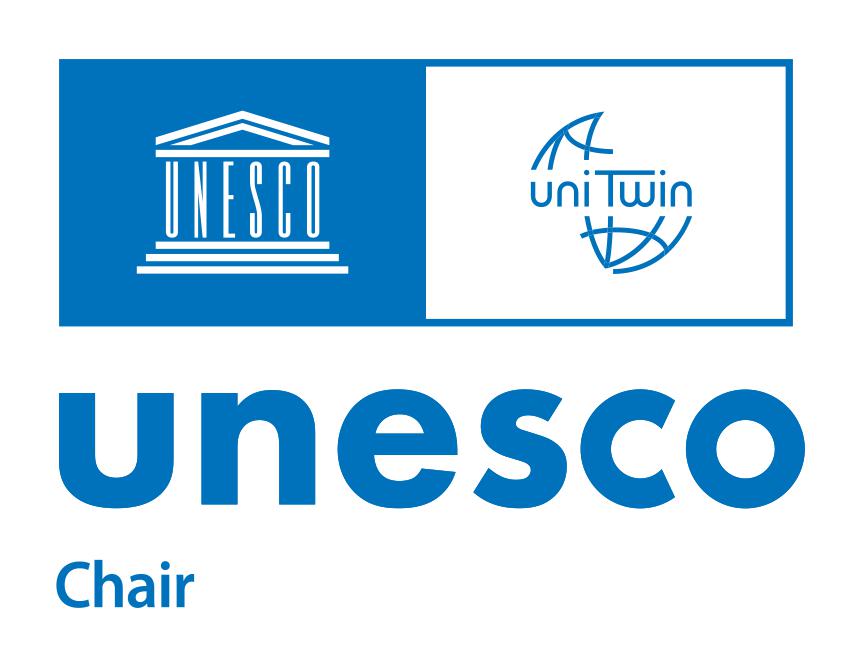What is Visual Literacy within the framework of Futures Literacy?
Without consideration, without pity, without shame
C.P. Cavafy, Walls, 1896-1897*
they have built great and high walls around me.
[…]
Ah why did I not pay attention when they were building the walls.
But I never heard any noise or sound of builders.Imperceptibly they shut me from the outside world.
Beware of the story we narrate and why we narrate it.
While Futures Literacy is the capacity to identify, reveal and explore anticipatory assumptions (A.A.) for the future with an aim to enable people comprehend how their thinking alters what they see, feel and do in the present, Visual Literacy explores the perceptions that determine the nature of our assumptions. It sheds light on HOW and WHY we form, individually as well as collectively, our anticipatory assumptions that reproduce the patterns, values and structures of dominant narratives.
Dominant narratives and iconic visuals come from the past. They train our minds to recreate the conditions of the past in the present and carry them into the future. In other words, our familiar past colonizes the future by creating our reality in the present. Visual Literacy tries to dig into the roots of our assumptions by locating their origin in visual imagery and by revealing the stories behind the visually narrated stories. This gives us valuable information about how anticipatory assumptions are constructed.
How we think and how we feel creates what we are. We all have filters that shape our thought patterns. In fact, we have multiple filters at the same time, individual as well as collective. We cannot escape them but we can certainly beware of them. They all make us part of communities. However, while belonging feels safe and desirable, at the same time it dictates what is ‘normal’, ‘expected’, ‘right’ or ‘wrong’. Hence, it narrows our choices and possibilities.
Why should you be interested?
Awareness of where our stories, i.e. our perceptions, assumptions and anticipatory assumptions, come from and how we built them, liberates our minds, instils agency and empowers us as individuals.
*In C.P. Cavafy: Collected Poems. Revised Edition. E.Keeley & Ph. Sherrard, trans.; G. Savidis, ed. Princeton, New Jersey: Princeton University Press, 1992.






